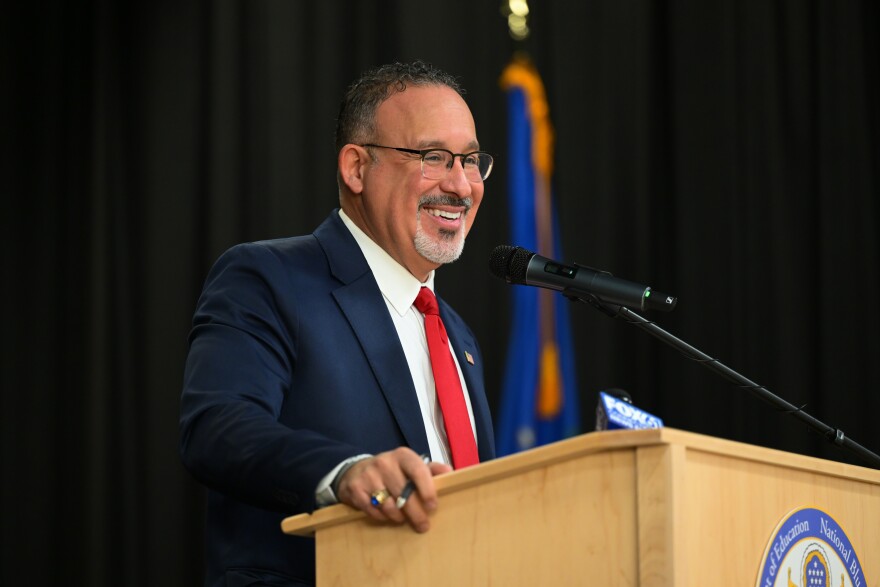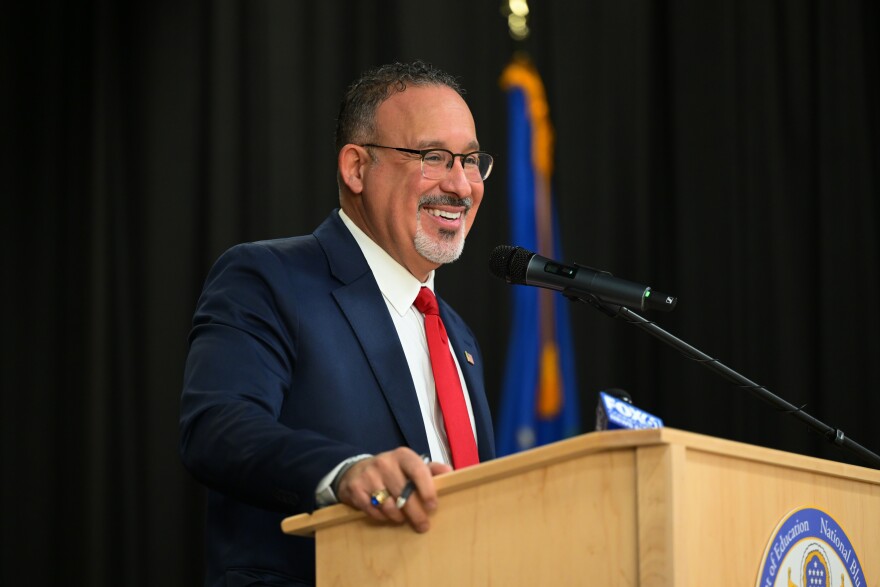Rural communities across California are confronting significant financial challenges following the federal government’s recent decision to eliminate the Secure Rural Schools and Community Self-Determination Act (SRS). This century-old program had been a vital source of funding for schools and infrastructure in counties with extensive non-taxable federal lands. The cessation of SRS funding is poised to have profound effects on education and transportation systems in these regions.
The Role and Impact of the Secure Rural Schools Act
Established in 1908, the SRS was designed to compensate rural counties for the lack of property tax revenue from federal lands by providing funds for schools and roads. In California, 39 counties benefited from this program, with the funds being integral to their operational budgets. The removal of this funding stream places these counties in a precarious financial position.
Educational Institutions Face Uncertain Futures
The termination of SRS funding has left many rural school districts scrambling to address budget shortfalls. For instance, Plumas County, which previously received approximately $3.4 million annually from the program, now faces the daunting task of compensating for this loss. Supervisor Kevin Goss emphasized the severity of the situation, noting that without these funds, the county’s ability to maintain essential educational services is in jeopardy.
The potential repercussions include staff layoffs, increased class sizes, and the reduction or elimination of programs such as arts and physical education. Superintendent Jaime Green of Trinity Alps Unified School District highlighted the critical nature of the funding, recalling past instances when lapses in SRS reauthorization led to severe budgetary constraints.
Transportation Infrastructure Also at Risk
Beyond education, the cessation of SRS funding threatens the upkeep of vital transportation infrastructure. Funds previously allocated for road maintenance and improvements are now unavailable, potentially leading to deteriorating road conditions and compromised safety. The California Department of Transportation (Caltrans) has historically relied on these funds to support local transportation projects, and the current budgetary constraints may hinder ongoing and future initiatives.
Broader Economic and Social Implications
The financial strain extends beyond schools and roads, affecting the overall economic stability of these rural communities. Reduced funding can lead to job losses not only within the education and transportation sectors but also in local businesses that depend on the patronage of school employees and construction workers. The potential decline in infrastructure quality may deter new businesses from investing in these areas, further exacerbating economic challenges.
Advocacy and Search for Solutions
In response to these challenges, local leaders and educators are actively advocating for the reinstatement of SRS funding. Yuri Calderon, Executive Director of the Small School Districts Association (SSDA), has been at the forefront of these efforts, emphasizing the necessity of federal support for the sustainability of rural schools. Calderon and other advocates are urging lawmakers to recognize the unique challenges faced by rural communities and to explore alternative funding mechanisms to replace the lost SRS funds.
State-Level Budgetary Constraints
Complicating matters further, California is grappling with its own budgetary challenges. The state’s 2024-25 transportation budget faced significant cuts, with reductions in programs like the Active Transportation Program (ATP), which promotes non-motorized transportation options. These state-level financial constraints limit the ability to offset federal funding losses, placing additional pressure on rural communities to find local solutions to their financial woes.
Conclusion
The elimination of the Secure Rural Schools Act funding presents a formidable challenge for California’s rural communities, impacting essential services such as education and transportation. As these communities navigate the financial shortfall, the need for collaborative efforts among local, state, and federal entities becomes increasingly apparent. The pursuit of sustainable solutions is critical to ensure that rural areas do not bear disproportionate hardships due to these funding cuts.
(Source: newsbreak.com)






